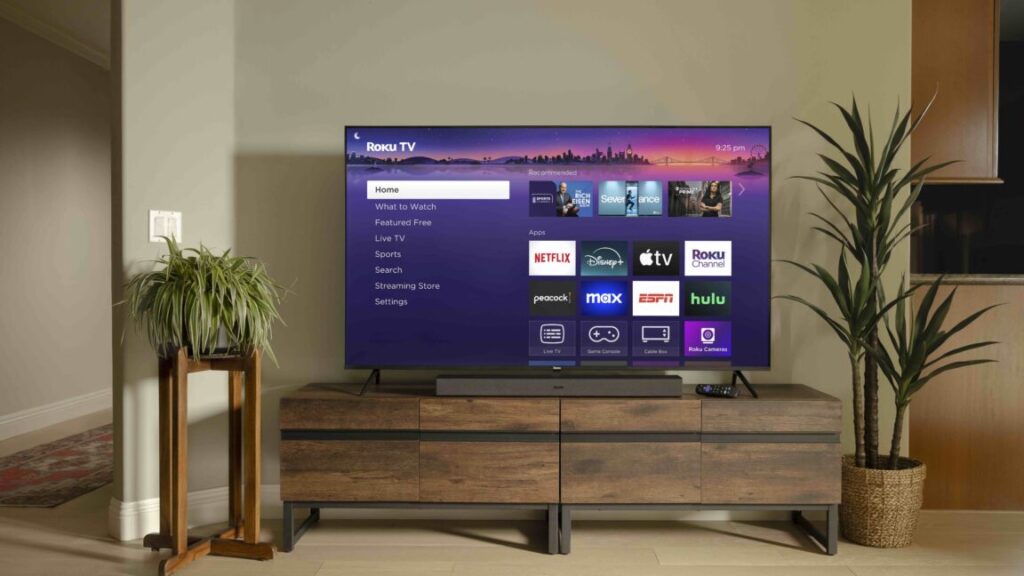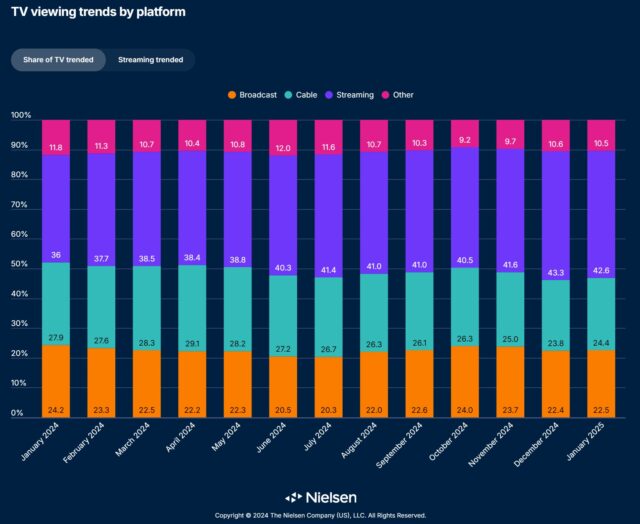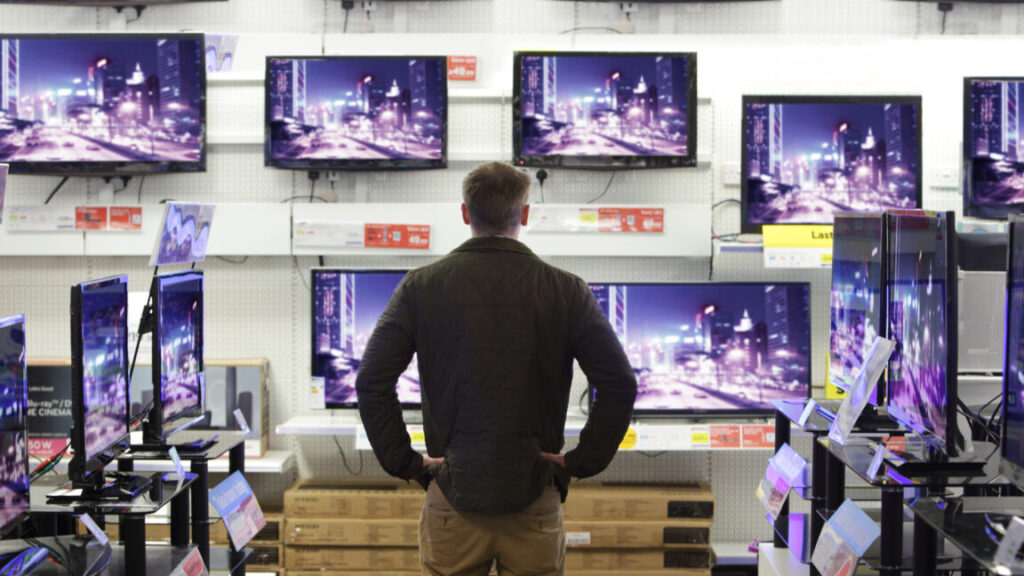Discord CTO says he’s “constantly bringing up enshittification” during meetings
Discord members are biting their nails. As reports swirl that the social media company is planning an initial public offering this year and increasingly leans on advertising revenue, there’s fear that Discord will become engulfed in the enshittification that has already scarred so many online communities. Co-founder and CTO Stanislav Vishnevskiy claims he’s worried about that, too.
In an interview with Engadget published today, Vishnevskiy claimed that Discord employees regularly discuss concerns about Discord going astray and angering users.
“I understand the anxiety and concern,” Vishnevskiy said. “I think the things that people are afraid of are what separate a great, long-term focused company from just any other company.”
But there are reasons for long-time Discord users to worry about the platform changing for the worse in the coming years. The most obvious one is Discord’s foray into ads, something the company has avoided since launching in 2015. Discord started showing ads in March 2024 via its desktop and console apps. Since then, it has introduced video ads to its mobile app and launched Orbs, which Discord users can earn by clicking on ads in Discord and trade for in-game rewards. Discord also recently said that it plans to start selling ads to more companies.
Fanning expectations of Discord going public soon and looking different in the future, Discord co-founder and CEO Jason Citron left in April. His replacement, Humam Sakhnini, has experience leading public companies, like Activision Blizzard. When Citron announced his departure in April, GamesBeat asked him if Discord was going public. Citron claimed there were “no specific plans” but added that “hiring someone like Humam is a step in that direction.” Vishnevskiy declined to comment on a potential Discord IPO while speaking to Engadget.
Amid current and imminent changes, though, Vishnevskiy claims to be eyeing Discord’s enshittification risk, telling Engadget:
I’m definitely the one who’s constantly bringing up enshittification [at internal meetings]. It’s not a bad thing to build a strong business and to monetize a product. That’s how we can reinvest and continue to make things better. But we have to be extremely thoughtful about how we do that.
Discord has axed bad ideas before
For some, the inclusion of ads is automatic enshittification. However, Discord’s ad load, at least for now, is minimally intrusive. The ads appear in sidebars within the platform that expand only if clicked upon and can lead to user rewards.
Discord CTO says he’s “constantly bringing up enshittification” during meetings Read More »
















